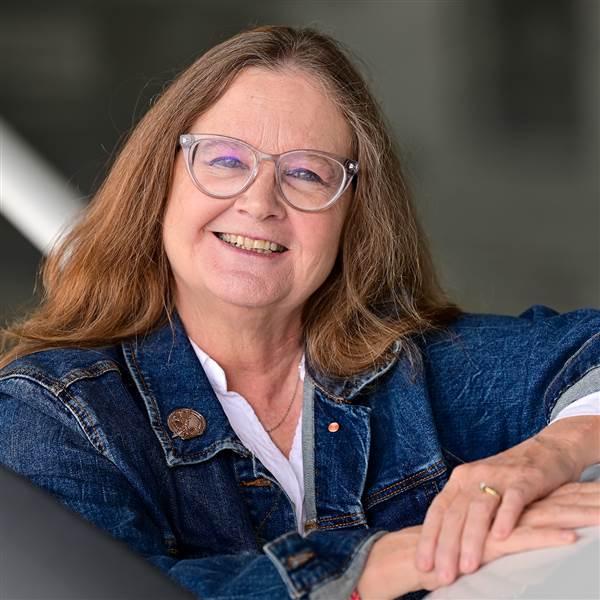Perseverance pays off
| Name: Dan Hoefert |
Hoefert didn't have a lot of excess cash nor a lot of extra time for flight training or studying. But he did have desire and determination. By August 2003, he had devised a somewhat novel path to the private pilot certificate, scheduling flight lessons whenever he could scrape up a few hundred dollars. While conventional wisdom suggests that it's better to fly at least once or twice per week, Hoefert wasn't keen on going into debt to pay for what is essentially his hobby. So, instead of paying for his lessons on credit, he would fly until he ran out of cash, then start squirrelling away money for a few more lessons. Sometimes weeks and months would pass before he had saved enough to go up in the air again.
At first, Hoefert says, his flight instructor was skeptical that he would be able to retain anything during these dry spells. But his CFI was willing to work on this schedule, saying, "You're the customer." While grounded, Hoefert studied the textbooks in his Cessna Takeoff kit and bought a yoke and rudder pedal attachment for Flight Simulator (which he still flies whenever he's grounded). At that point, he hoped to get his private pilot certificate by the fall of 2004 with 40 hours in his logbook -- the minimum number required by the federal aviation regulations for students at Part 61 flight schools.
Slowly but surely, Hoefert worked his way through his flight requirements, experiencing the same types of trials and tribulations that most student pilots encounter. On his solo cross-country, he learned the hard way that a left crosswind will pick up the wing of a Cessna 172 if you don't remember to position ailerons into the wind on the takeoff roll. Unnerved, he aborted a touch and go and made a full-stop landing, taxied off the runway, "regrouped," then took off again for Oshkosh.
By April 2004 Hoefert had accumulated 37.1 hours in his logbook and was prepping for a mid-May checkride date. On May 13, 2004, after about five years of study and 41.9 hours of flight time, he successfully passed the private pilot checkride. He had prevailed despite a hot, bumpy, hazy flight that challenged him more than any he'd undertaken in his training. His first "flight" after the checkride was straight to a backyard landscaping project that had been put off. But he wore his AOPA cap. Just in case anyone asked, he could say, "Yes, thanks for asking, as a matter of fact, I am a pilot."
Hoefert now is working on an instrument rating and hopes to complete it in a shorter time than it took to get the private. In the meantime, he takes his wife on an occasional $100 hamburger flight and rides along with other instrument students on their lessons. Hoefert has some recommendations for anybody who has to endure a sporadic training schedule:
- Study extra hard;
- Take good notes about every flight;
- Call the instructor days in advance of each flight to discuss options and what you would like to work on;
- Take the initiative to recap the previous lesson with your instructor, both to remind him and to highlight what you've retained; and
- Show much appreciation to the instructor, as this arrangement is more difficult for him or her.
Hoefert recalls that his flight instructor's initial reaction to his proposed schedule was a "doubtful smile and a recap of the benefits of regular lessons." This went on for the first five to six lessons, he says, before "points three to five fell into place, and my training progress continued well thereafter."



